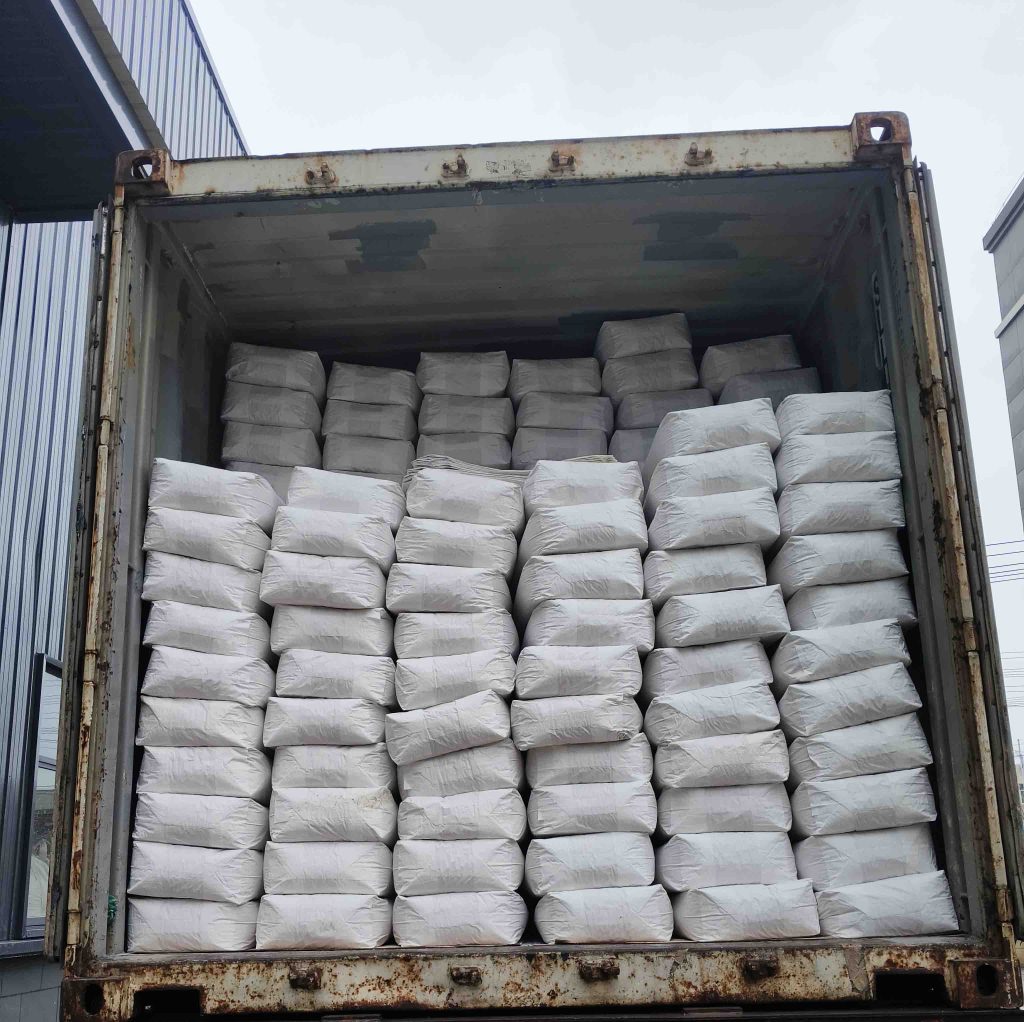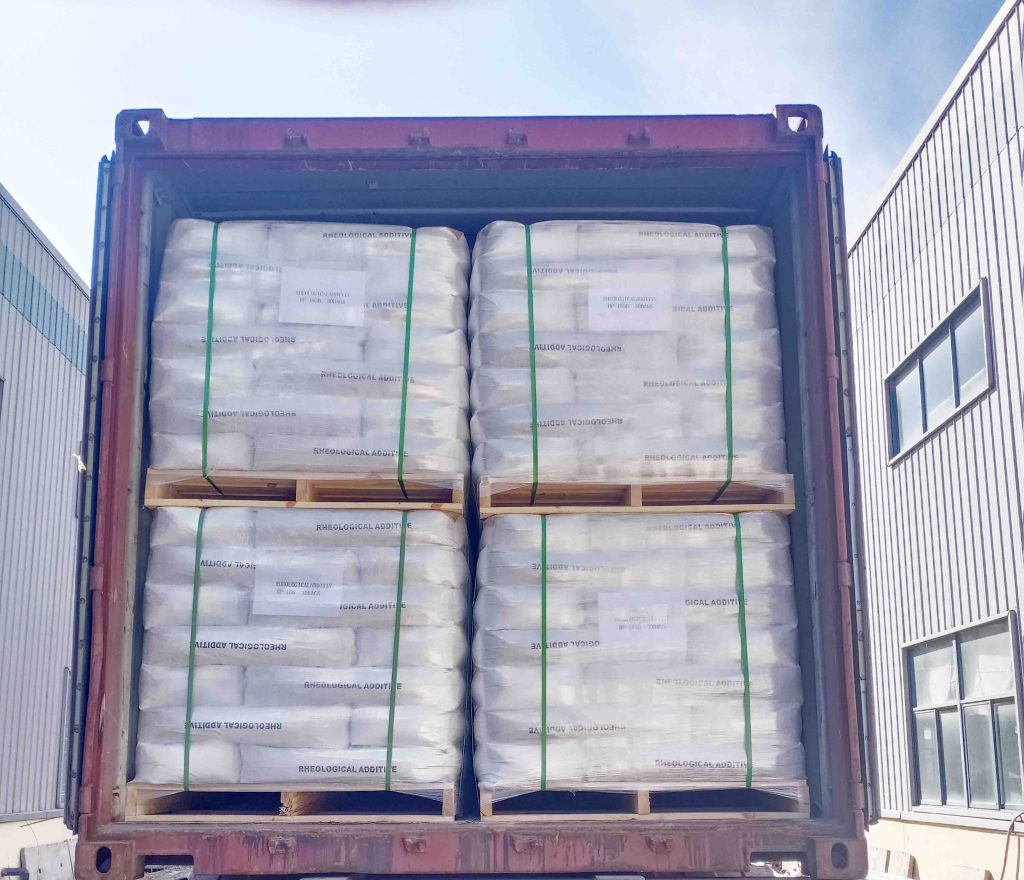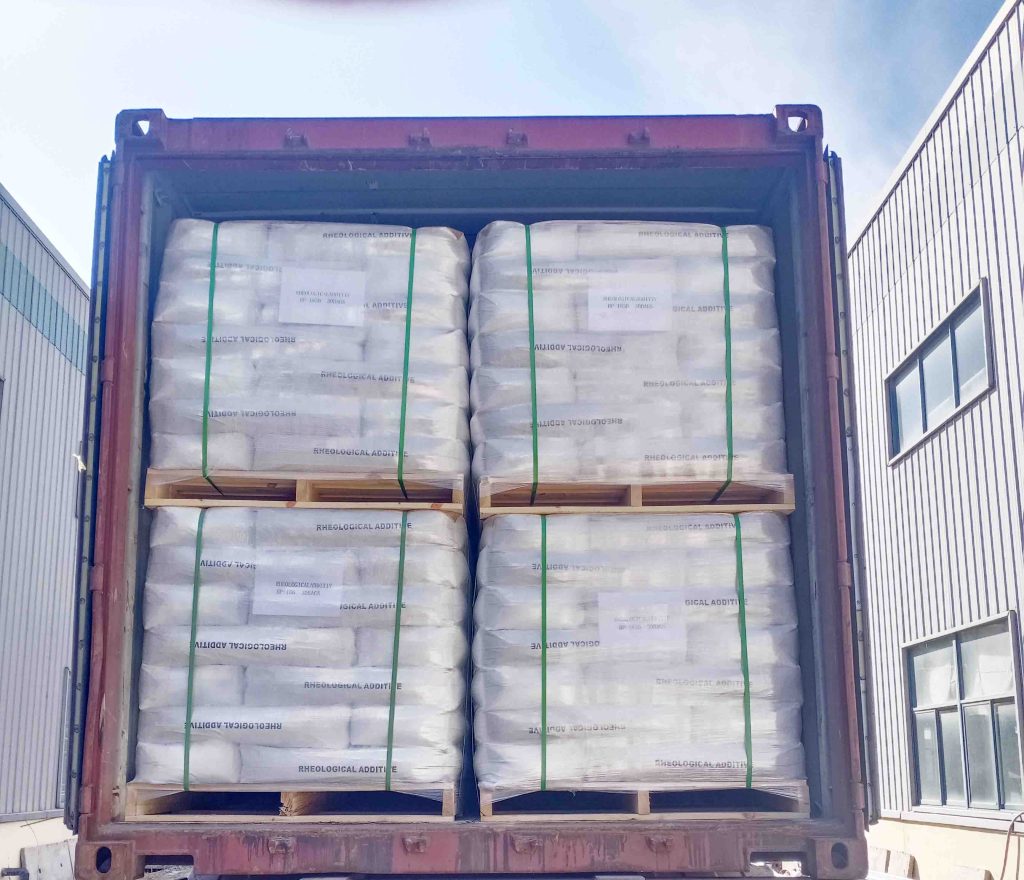glass microspheres | hollow glass sphere in China
glass microsphere
Hollow glass microspheres are popular because they have strong advantages, such as good dispersion, low density, light weight, and high compressive
Applications of glass microballoons
| Construction, | Aerospace and military materials |
| Oil and gas | Paints and coatings (Retroreflective highway signs) |
| Putty | Mining explosives |
| Rubber | Cosmetics |
| Plastic products. | Sealant. |
| transportation | Grease lubricant |
| Artificial stone | FRP |
micro glass beads | reflective glass beads
Glass bubbles microspheres have the following characteristics:
- They are inert, making them exceptionally chemically stable.
- They possess corrosion resistance.
- They have low density and are lightweight.
- They have high compressive strength. Generally, solid glass microspheres have much greater compressive strength compared to hollow glass microspheres.
- They have the ability to refract light. Borosilicate glass microspheres can be utilized in applications requiring fluorescence or reflectivity, such as road marking paint and anti-corrosion coatings.
Types of glass microballoons : China solid glass block and hollow glass microspheres.
Characteristics of borosilicate glass microspheres: low density, lightweight.
Applications of glass microballoons : They can be used in paint, coatings ( reflective glass microspheres), drilling oil fields, biomedicine, aerospace, the production of reflective products, cosmetics, and semiconductor electronic products.
Moq : 50KG
Delivery Time: 7-10 work days.
Packing : PE Bag + Pallet
Shipping : By sea or train or road
We are your trust hollow glass microspheres suppliers in China.
The low density and lightweight of glass microspheres make them widely used in various industrial fields.
Additionally, their high compressive strength and chemical stability are unique advantages as fillers, helping to prevent shrinkage and warping in composite materials. Borosilicate is their raw material.
Glass microspheres, used as fillers for surface treatment, not only are lightweight but also excellent abrasives that are easy to handle.
They can be mixed and compatible with most filler chemicals, such as epoxy resins and polyesters. Moreover, they have a wide range of applications and can be used in various production processes like casting and spraying.
Glass microspheres are divided into hollow glass microspheres and solid glass microspheres. They are lightweight fillers with very stable dimensions, also known as glass beads. Their low density allows them to be used as buoyant materials, providing good buoyancy.
The size, processing conditions, and specific materials of glass microspheres will affect their performance. After use, mechanical properties can be improved as they enhance the mechanical properties of composite materials and increase compressive strength.
Glass microspheres have good thermal and sound insulation effects, enabling composite materials to resist temperature changes effectively due to their ability to reduce heat transfer.
Fundamentally, glass microspheres are used to remove burrs and defects, making surfaces smoother and more aesthetically pleasing. In stainless steel and mechanical parts, glass microspheres are used as fillers for surface treatment to achieve a smooth surface.
They are employed as fillers to fill surface voids and defects during surface treatment.
Glass microspheres exhibit great stability as they minimize the occurrence of expansion and contraction, thus reducing the risk of product deformation. Therefore, they are excellent stabilizing fillers in terms of dimensional stability.
| Appearance | White Powder |
| Chemicals | Borosilicate glass |
| True Density | 0.12-0.70g/cm3 |
| Bulk Density | 0.10-0.40g/cm3 |
| Crush Strength | 4-125Mpa/500-18,000Psi |
| Survival | Min 90% |
| Flotation | Min 98% |
| Moisture | Max 0.5% |
| Particle Size | D50:20-70μm |
| Max. Particle Size | 200μm |
| Melting Point | 1650°C |
| Other Name | hollow glass microspheres |
| Grade | True Density | Bulk Density | Crush Strength | Particular Size(D50 μm) | Particular Size(D90 μm) | Flotation | Application |
| (g/cm3) | (g/cm3) | (Mpa/Psi) | |||||
| WL151 | 0.13~0.17 | 0.08-0.09 | 3.5 / 500 | 80 | 120 | 96% | Epoxy Tooling board, Floating body material,Emulsion explosive, Car repair putty, Paints |
| WL201 | 0.18~0.22 | 0.10-0.12 | 3.5/ 500 | 65 | 110 | 96% | Epoxy Tooling board, Floating body material,Emulsion explosive, Car repair putty, Paints |
| WL25L | 0.23~0.27 | 0.13-0.15 | 5 .2/ 750 | 65 | 100 | 96% | Thermal-insulation paints, Sealants, Buoyancy materials |
| WL30L | 0.28~0.32 | 0.15-0.18 | 10.3 / 1500 | 55 | 85 | 96% | Thermal-insulation paints, Buoyancy materials |
| WL32L | 0.30~0.34 | 0.17-0.19 | 13.8 / 2000 | 45 | 80 | 96% | Paints,SMC/BMC, Sealants, Putty |
| WL35L | 0.33~0.37 | 0.18-0.21 | 20.7 / 3000 | 40 | 70 | 96% | Cementing slurry and Drilling fluids |
| WL38 | 0.36~0.40 | 0.19-0.22 | 37.93/ 5500 | 40 | 65 | 96% | Paints, SMC/BMC, Buoyancy materials |
| WL40 | 0.38~0.42 | 0.19-0.23 | 28 / 4000 | 40 | 70 | 96% | Cementing slurry, Drilling fluids, Paints |
| WL42 | 0.40~0.44 | 0.21-0.24 | 55 / 8000 | 40 | 60 | 96% | Cementing slurry, Drilling fluids |
| WL46 | 0.44~0.48 | 0.23-0.26 | 41 / 6000 | 40 | 70 | 96% | Cementing slurry, Drilling fluids, SMC/BMC |
| WL50 | 0.48~0.52 | 0.25-0.27 | 55 / 8000 | 40 | 70 | 96% | Cementing slurry, Drilling fluids |
| WL60 | 0.58~0.62 | 0.29-0.34 | 83 / 12000 | 40 | 65 | 96% | Cementing slurry, Drilling fluids |
| WL60LL | 0.58~0.63 | 0.30-0.34 | 124 / 18000 | 35 | 55 | 96% | Modified plastics for vehicles, Cementing slurry |
| WL20SS | 0.18~0.22 | 0.10-0.12 | 6.9 / 1000 | 60 | 90 | 96% | Epoxy Tooling Board, Buoyancy, Explosives, Car Putty, Paints |
| WL22S | 0.20~0.24 | 0.11-0.13 | 8 .3/ 1200 | 45 | 70 | 96% | Epoxy Tooling Board, Buoyancy, Sealants, Car Putty, Paints |
| WL28S | 0.27~0.30 | 0.15-0.17 | 28 / 4000 | 45 | 65 | 96% | Epoxy Tooling Board, Buoyancy, Sealants, Car Putty, Paints |
| WL38S | 0.36~0.40 | 0.19-0.22 | 38/ 5500 | 30 | 50 | 96% | Circuit Board, SMC,Sealants |
| V42S | 0.40~0.44 | 0.21-0.24 | 55 / 8000 | 25 | 40 | 96% | Rubber, Shoe Soles, Sealants, SMC, Cementing slurry |
| WL46S | 0.44~0.50 | 0.22-0.25 | 110 / 16000 | 20 | 30 | 96% | 5G materials, PCB Circuit Board, SMC, Plastics |
| WL60SS | 0.58~0.62 | 0.29-0.33 | 193/ 28000 | 16 | 25 | 96% | 5G materials, PCB Circuit Board, SMC, Plastics |
| WL65SS | 0.63~0.67 | 0.30-0.33 | 207 / 30000 | 13 | 20 | 96% | 5G materials, PCB Circuit Board, SMC, Plastics |
| V70SS | 0.75~0.80 | 0.33-0.35 | 207 / 30000 | 10 | 15 | 96% | 5G materials, PCB Circuit Board, SMC, Plastics |
| WL10SS | 1.40-1.60 | 0.45-0.50 | 193/28000 | 5 | 10 | 96% | |
| WL15SS | 1.20-1.30 | 0.40-0.45 | 124/18000 | 7 | 15 | 96% | |
| WL20SS | 1.05-1.15 | 0.39-0.44 | 124/18000 | 9 | 20 | 96% | |
| WL30SS | 0.90-1.0 | 0.35-0.40 | 83/12000 | 14 | 30 | 96% |
glass microspheres | glass microbeads
The density, strength, particle size distribution, functionality, cleanliness, and volume of glass microbeads directly impact their cost. The shape of the particles is also crucial.
Essentially, glass microspheres are used to reduce product weight and enhance its mechanical strength.
Currently, glass microspheres find extensive applications in coatings and paints, especially in reflective paints and road markings. These applications are highly diverse. Micro glass beads are also needed in lubricants and oilfield drilling.
These inert hollow glass ball exhibit stable chemical and mechanical properties.



